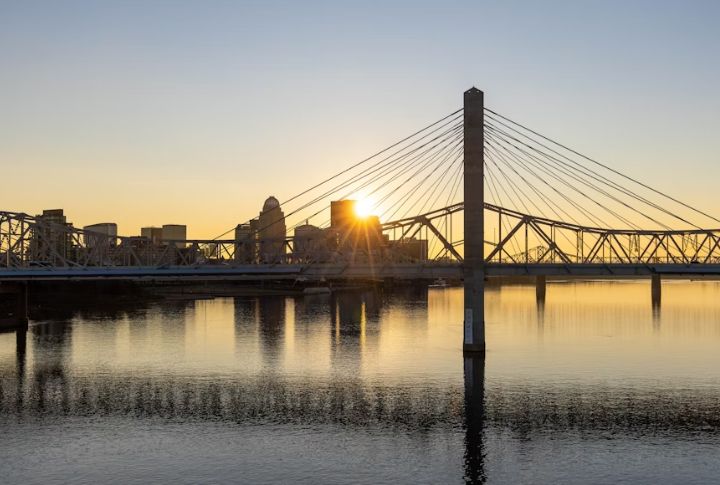
Economic trouble is quietly building in rural America, and some states may feel it sooner than expected. While headlines focus on cities, smaller towns face shrinking support and rising costs. As cracks widen across essential services, businesses, and infrastructures, these overlooked communities reveal a deeper story behind the slowdown, and the first signs are already showing in these four states.
West Virginia: Budget Built On Fragile Aid

West Virginia’s economy leans heavily on federal programs. Almost 50% of its budget comes from D.C. Cuts to USDA programs have already knocked local agriculture sideways. Now, towns like Parkersburg are reeling from layoffs, with over 100 civil workers losing jobs in a single month.
West Virginia: Food Insecurity On The Rise
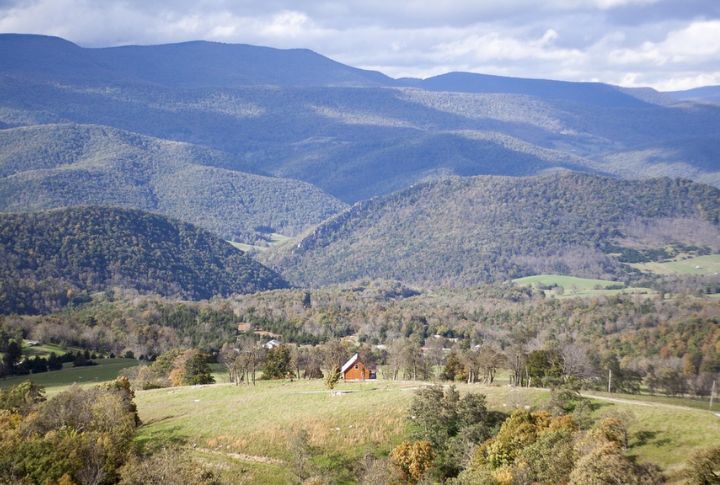
With food banks stripped of federal support, families across rural counties are going hungry. School nutrition programs are slashing portions and cutting back. As the safety net untwists, churches and nonprofits struggle to pick up the slack. The state’s rural identity may be its biggest challenge in bouncing back.
Kansas: Agriculture In Jeopardy
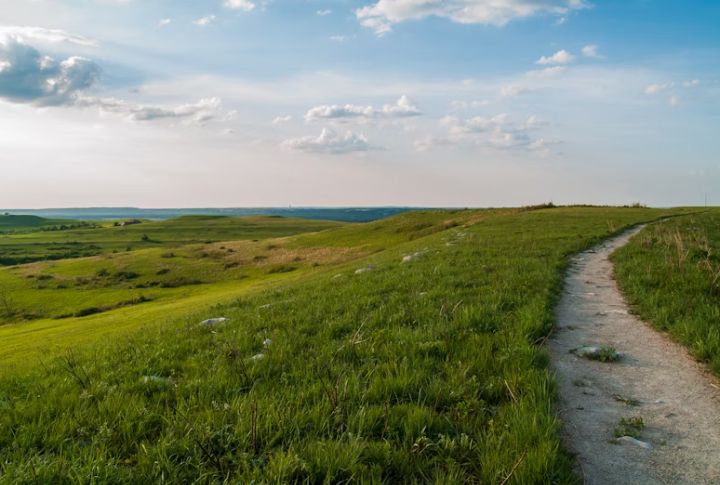
Farming anchors Kansas’s economy, yet crucial investment in its future is now in limbo. A $750,000 grant meant to boost innovation and growth sits frozen. Combined with past trade disruptions and harsh droughts, the funding delay deepens uncertainty in small towns already stretched thin by shrinking yields and rising costs.
Kansas: Schools And Food Banks Feel The Strain

Federal cuts to nutrition and supply programs have hit schools hard. Lunchrooms are operating with thinner margins, and food banks see record demand. Without reinvestment, the ripple effects could stretch into the next generation, impacting education and overall rural stability.
Pennsylvania: Environmental Innovation Grinds To A Halt
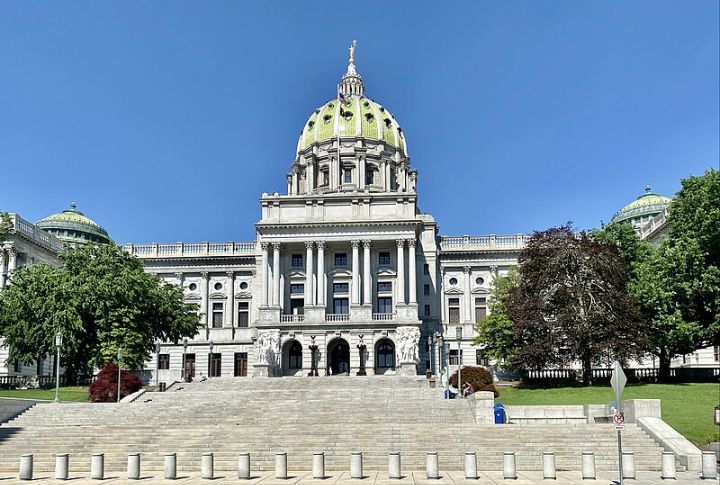
Rural Pennsylvania was once a quiet leader in green innovation, thanks to federal and state support. But as grants vanish, pilot projects in eco-farming, forest restoration, and renewable research are left unfinished. Moreover, youth migration is rising, and future-focused industries are disappearing before they can take root.
Pennsylvania: Infrastructure Breakdown In Rural Communities
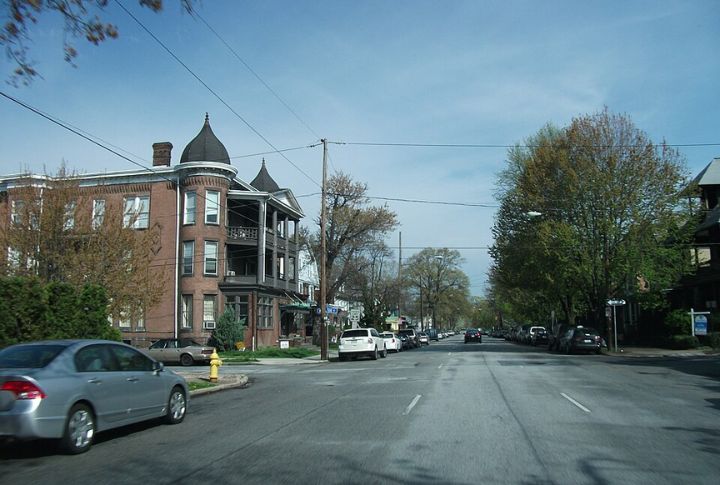
Beyond the environmental fallout, rural towns are now dealing with a crumbling support system. Roads, drainage systems, energy grids, and community water facilities—many of them built decades ago—are no longer maintained. Without reinvestment, these areas face rising repair costs and shrinking public services.
Kentucky: Rural Schools Face A Funding Cliff
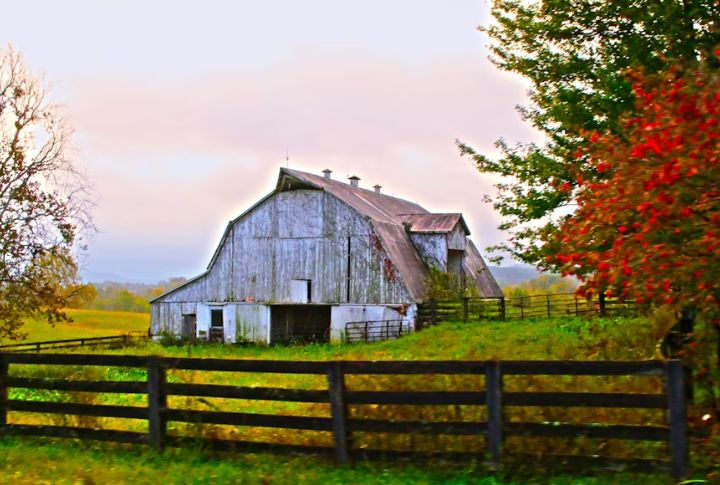
Rural Kentucky schools are nearing a breaking point. Federal aid once helped cover gaps, but its end now threatens school closures and forces aging buses to stay in use. The result may be shrinking student populations and a slow erosion of local identity across small towns.
Kentucky: Economic Recovery Misses The Backroads
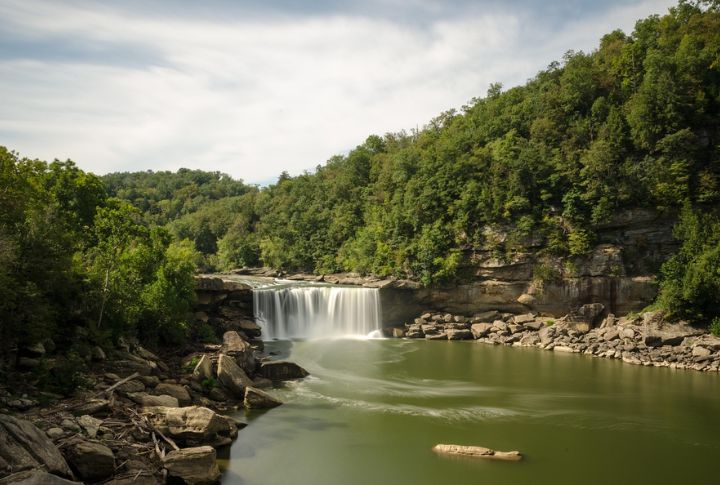
While urban centers inch toward recovery, rural Kentucky remains stalled. Small business grants and broadband expansion efforts have dried up. Without digital access or stable work, communities are cut off from modern opportunities. The result is a deepening divide between cities and the countryside.
Missouri: Eroding Rural Mental Health Access
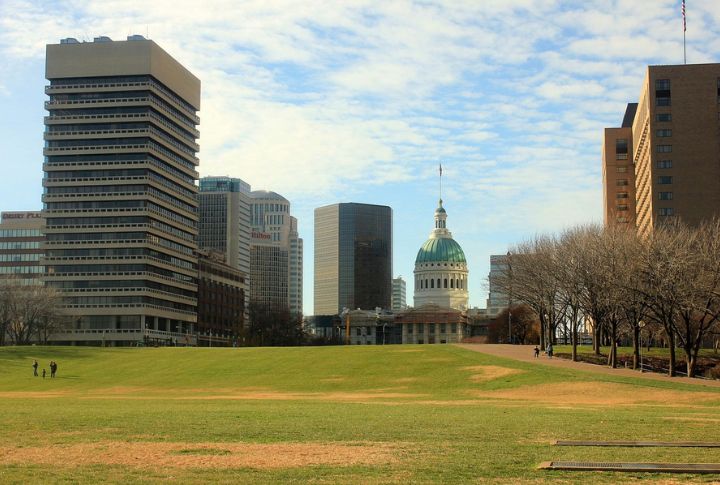
While Missouri’s urban centers expand mental health services, rural counties are seeing clinics shut down due to employee shortages and funding cuts. With fewer licensed therapists and no crisis centers, residents face months-long waitlists or must travel hours for care. Isolation compounds the problem, but solutions remain scarce.
Missouri: Freight Rail Closures Choke Local Economies
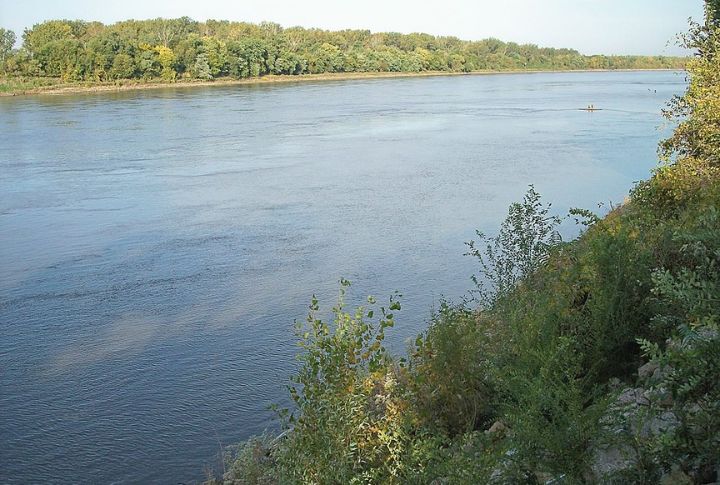
Freight rail once kept Missouri’s farms connected and costs down. But route consolidations have shuttered small-town stops, leaving producers with pricier, slower options. For many rural businesses, the fading rail network cuts off their last reliable link to broader markets and stable profit margins.
